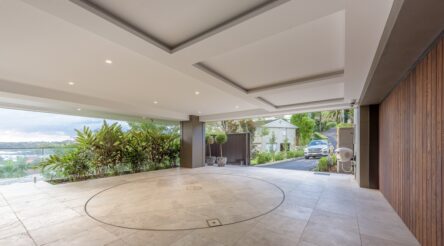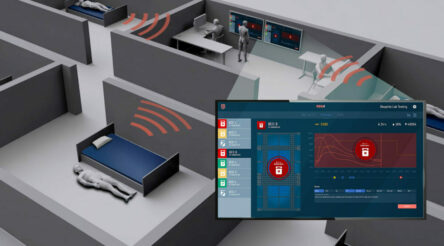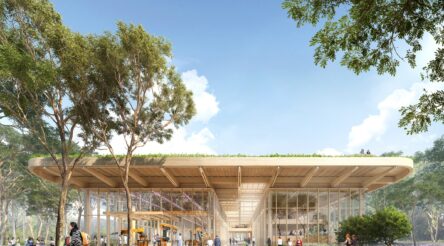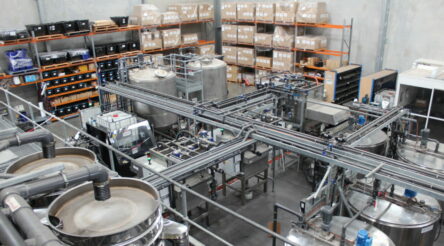The New Reinventors: Seven years of aimlessness before passing the acid test
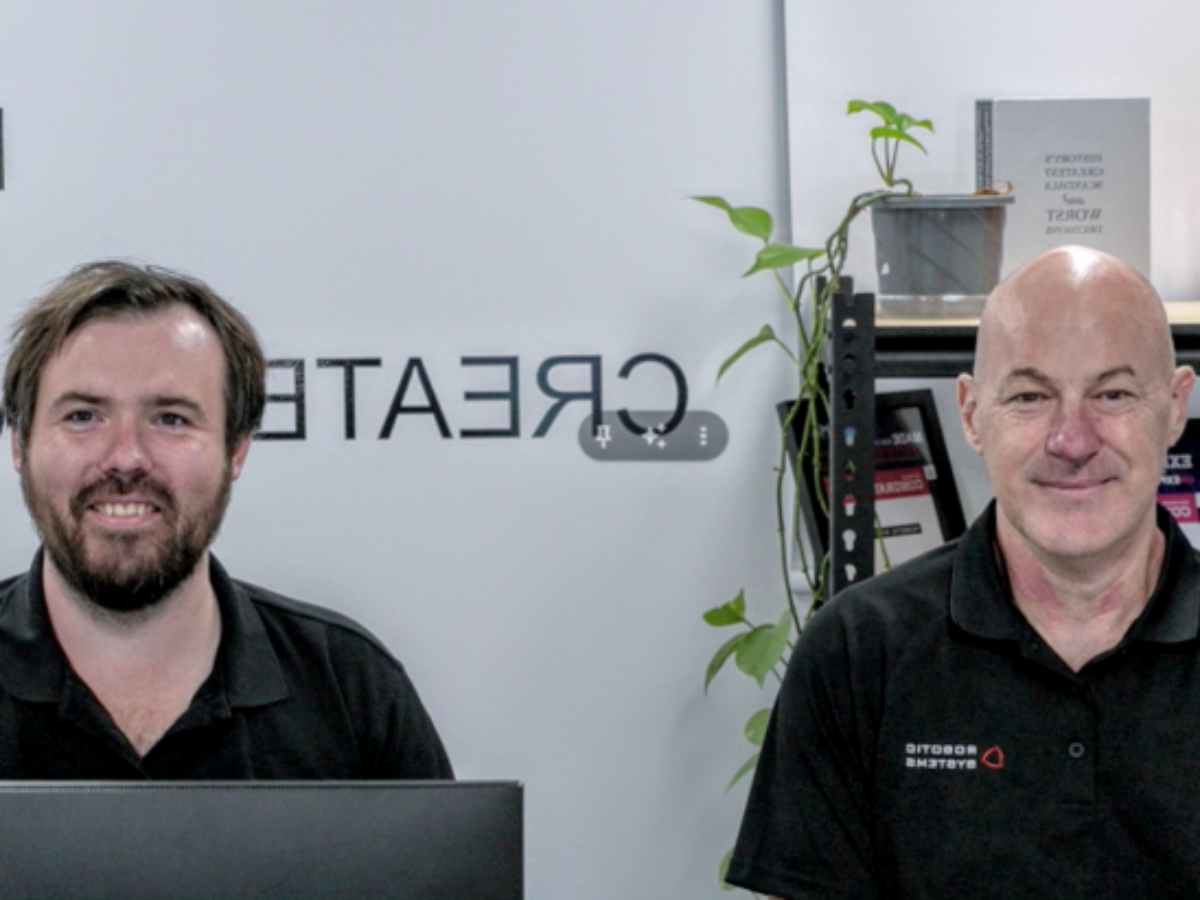
In this part of our current series, The New Reinventors, Adam Amos from Robotic Systems tells us about why they think before they build. By Brent Balinski.
Adam Amos’s company got started with a job for a well-known mining industry client, and a little over a decade later their marketing and messaging are clear on a mining industry focus.
“The reason for that is it’s easier to solve the problem for one particular vertical, and you can do a really good job of that vertical, than it is to kind of solve the problem generically for many industries,” Amos, founder and Director at Robotic Systems, tells us.
But the Mayfield West-based electronics product development specialist didn’t always have such focus.
After a stint at an engineering consultancy that failed, Amos started his own business in his parents’ garage with electronics and software work on an explosives control system for Orica.
“I just started writing code. I was good at it, I would get referrals, and I would get so many referrals that I didn’t have enough time. So I’d onboard somebody to do that, to [write] code with me. There was no business strategy. There was no plan, it just kind of happened,” he recalls, describing the first seven years of business as lurching from job to job.
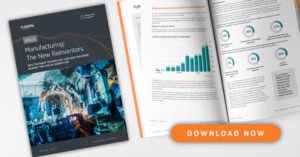
This series is sponsored by Fusion5. Download Fusion5’s free eBook — Manufacturing: The New Reinventors — at this link.
“If somebody asked us what we did, we’d say ‘everything.’ We did everything for everybody, we stood for everything and nothing simultaneously and had the financial performance to prove it.”
The plain-spoken Amos adds that roughly seven years of “just… building shit that basically happened to come across our desk” led to rock bottom: a tiny team of overworked 30-year-olds working long hours on challenging projects and each making perhaps $50,000 a year.
Thankfully, the many cycles of accepting random software and electronic jobs that may or may not have resulted in a completed product and follow-up work with a customer weren’t all for nothing.
Nowadays, Robotic Systems puts real-world, commercial usefulness first – rather than just “building shit” – when a customer wants an idea developed. This begins with five weeks of business case validation and development.
The re-examination three years ago has seen the company grow from four to 18 people, according to Amos, and earned them recognition in the Deloitte Technology Fast 500 and @AuManufacturing‘s Australia’s 50 most innovative manufacturers list. This month they are a finalist in the 2023 Hunter Manufacturing Awards (Excellence in Innovation category.)
Though mining clients are core business, the company also works across agriculture, transport, manufacturing and utilities.
Not everyone is eager to discuss their lows, but for Robotic Systems, getting to rock bottom and discovering purpose there is part of the company’s narrative.
He may or may not be speaking in metaphorical terms, but Amos puts it like this: “at that moment we re-evaluated what we actually do and really had to go away and basically sit on top of a mountain and take some acid and try to work out what the point of my life and the business actually was.”
Back down at sea level, and three years later, purpose involves having a good hard think before ever ploughing ahead with product development.
“The tech is kind of secondary,” explains Amos.
“And we spend a lot of time shifting our customers’ focus from being ‘rather than let’s just jump in and start building’… let’s actually spin it around and we’re going to start talking about the business case.”
In this episode of @AuManufacturing Conversations with Brent Balinski, we hear from Amos and Bradd Perkins, Director of Innovation and Supplier Engagement at Robotic Systems, about their successful pivot.
Episode guide
0:50 – An introduction to Robotic Systems, a company with its beginnings in competitive engineering, and to Amos and Perkins.
2:13 – Beginning in a garage with a contract with Orica.
3:09 – Work in many industries, but with a focus on mining.
4:22 – The importance of artistry in product design.
6:22 “There was no business strategy. There was no plan; it just kind of happened. And what that actually is a recipe for is pretty much a full-on disaster… The first seven or eight years were pretty much failures.”
8:37 – Re-evaluating what they did and what the point was with the help of a “mountaintop acid” experience.
10:55 – How a customer’s idea is progressed, beginning with business case evaluation. “The tech is kind of secondary.”
12:44 – Final assembly, quality control and logistics for low-volume industrial equipment.
14:05 – The value of engineering competitions in creating new businesses.
15:55 – Winning competitive engineering competitions is not the point. It’s about gaining useful skills. If you’re thinking about getting involved, “there is no downside.” And they’re not just for students.
18:26 – The Build Assist Solution, an overhead camera system for quality control which was part of the company’s nomination for our Australia’s 50 most innovative manufacturers campaign.
20:25 – Exports to nine countries for mining clients.
21:54 – Four patents awarded.
22:50 – The big vision for 2030: designing and building a satellite system that can work for 24 hours.
23:39 – The future of globally-competitive manufacture in Australia is small and specialised.
This editorial series is sponsored by Fusion5. Download Fusion5’s free eBook — Manufacturing: The New Reinventors — at this link.
Topics Podcast
@aumanufacturing Sections
Analysis and Commentary Awards Defence Manufacturing News Podcast Technology Videos


